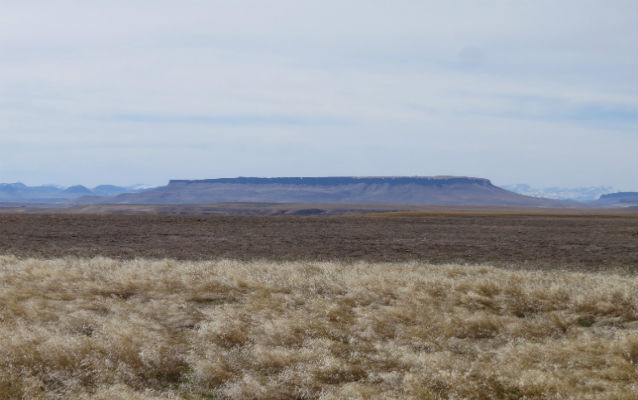Last updated: December 30, 2021
Place
Square Butte

Lewis and Clark NHT Visitor Centers and Museums
This map shows a range of features associated with the Lewis and Clark National Historic Trail, which commemorates the 1803-1806 Lewis and Clark Expedition. The trail spans a large portion of the North American continent, from the Ohio River in Pittsburgh, Pennsylvania, to the mouth of the Columbia River in Oregon and Washington. The trail is comprised of the historic route of the Lewis and Clark Expedition, an auto tour route, high potential historic sites (shown in black), visitor centers (shown in orange), and pivotal places (shown in green). These features can be selected on the map to reveal additional information. Also shown is a base map displaying state boundaries, cities, rivers, and highways. The map conveys how a significant area of the North American continent was traversed by the Lewis and Clark Expedition and indicates the many places where visitors can learn about their journey and experience the landscape through which they traveled.
Square Butte was first noted by Lewis, who named it “Fort Mountain,” on July 14, 1805. The following day he wrote, “this mountain has a singular appearance it is situated in a level plain, it’s sides stand nearly at right angles with each other and are each about a mile in extent. these are formed of a yellow clay only without the mixture of rock or stone of any size and rise perpendicularly to the hight of 300 feet. the top appears to be a level plain and from the eminence on which I was yesterday I could see that it was covered with a similar cost of grass with the plain on which it stands. the surface appears also to possess a tolerable fertile mole of 2 feet thick, and is to all appearance inaccessible. from it’s figure we gave it the name of fort mountain. those mounds before mentioned near the falls have much the same apeparance but are none of them as large as this one.” Although the expedition, by Lewis’ measurements, never approached closer than within eight miles as they passed upriver, the distinctive landmark dominated the landscape. Lewis recognized it again during the return when he crossed the Continental Divide on July 7, 1806, and wrote, “the fort mountain bears North Eaast, and appears to be distant about 20 Miles.”
Square Butte is a laccolith, formed millions of years ago by an intrusion of magma up through weaker layers of rock. It is grouped with two other nearby laccolith formations – Shaw Butte and Crown Butte. Although privately owned and publicly inaccessible, Square Butte remains an unmistakable and highly visible landmark with an appearance that has been only minorly altered over time.
